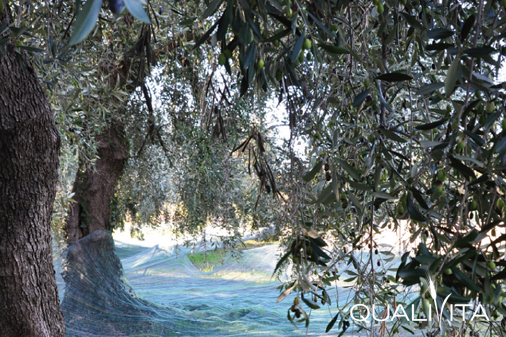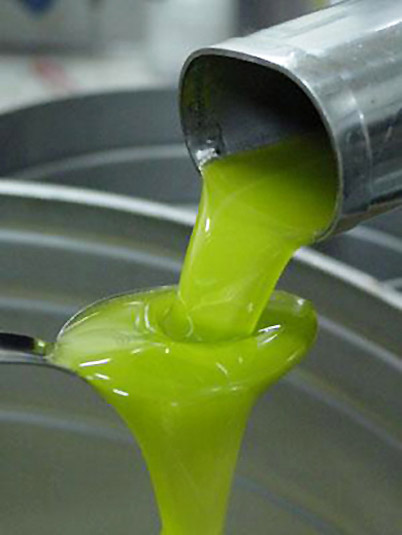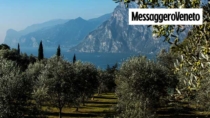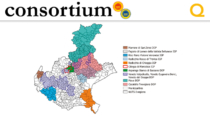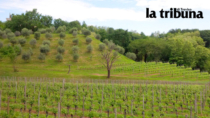Description
Veneto PDO extra virgin olive oil is obtained from the Grignano, Favarol, Leccino, Casaliva, Frantoio, Maurino, Pendolino, Leccio del Corno, Trep, Drop, Marzemino, Riondella and Matosso olive varieties. The designation must be accompanied by one of the following place names: Veneto Valpolicella, Veneto Euganei e Berici or Veneto del Grappa. These references refer to the different production areas and the percentages of olive varieties present in the groves, as listed below.
Production Area
The production and processing area of Veneto PDO extra virgin olive oil is within the territory of several municipal areas in the provinces of Verona, Vicenza, Treviso and Padua, in the Veneto region.
Production Method
The olives must be harvested by January 15th of each year. The maximum permitted production is 7 tonnes per hectare of olive groves and the oil yield cannot exceed 18%.
Appearance and Flavour
• Veneto Valpolicella: obtained from the Grignano or Favarol varieties (at least 50%) and the Leccino, Casaliva, Frantoio, Maurino, Pendolino, Leccio del Corno, Trep or Drop varieties (up to 50%); it is yellow in colour with delicate tones of green in the freshly pressed oil; it has a light fruity aroma and a fruity flavour with a hint of bitterness and a musky aftertaste. • Veneto Euganei e Berici: obtained from the Leccino and Rasara varieties (at least 50%) and the Frantoio, Maurino, Pendolino, Marzemino, Riondella, Trep or Drop or Matosso varieties (up to 50%); it has an intense golden green colour, with a fruity aroma of varying intensity and a fruity flavour with a delicate hint of bitterness. • Veneto del Grappa: obtained from the Frantoio and Leccino varieties (at least 50%), and the Grignano, Maurino, Pendolino, Leccio del Corno and Padanina varieties (up to 50%); it is green-gold to yellow in colour, with a fruity aroma of varying intensity and a fruity flavour with a hint of bitterness in the freshly pressed oil.
History
The origins of olive cultivation in the production area of Veneto PDO extra virgin olive oil probably date back to the Roman conquest of this area. However, the first hard evidence relating to olive cultivation in this area dates back to the 9th century, when olive growing spread from the Province of Verona into the surrounding areas. Over the following centuries, olive cultivation moved through periods of growth and decline, until eventually, after the First World War, the production of olive oil was successfully revived.
Gastronomy
Extra virgin olive oil is highly perishable and must be stored correctly in order to maintain its Organoleptic properties. It should therefore be kept in a cool, dark place at a temperature between 14 and 18°C, away from heat sources and other foods that release odours. It should be consumed within 4 to 6 months of pressing to fully appreciate its qualities. Veneto PDO is characterised by a wide range of Organoleptic properties which make it a perfect condiment for boiled vegetables and grilled fish.
Marketing
The product is marketed as Veneto PDO extra virgin olive oil, accompanied by one of the following place names: Veneto Valpolicella, Veneto Euganei e Berici or Veneto del Grappa. It is sold in glass recipients of no more than 1 litre. The label must indicate the year of production. The packaging must bear the guarantee mark, composed of a unique alphanumeric code that ensures the traceability of the product.
Distinctive Features
Veneto PDO extra virgin olive oil is characterised by a maximum acidity of between 0.5 and 0.6 g per 100 g of oil, depending on the geographical reference. The panel test result is at least 7.5.




